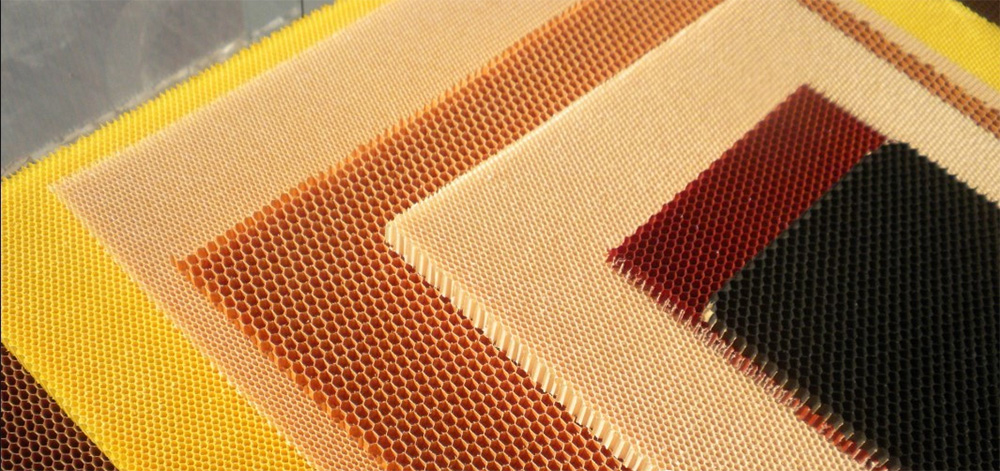The use of cellular materials has been a game changer when it comes to aerospace applications. Inspired by the natural structure of honeycombs, these innovative materials are revolutionizing the way aircraft and spacecraft are designed and manufactured.
Honeycomb materials are lightweight yet extremely strong, making them ideal for aerospace applications. The unique hexagonal structure of honeycomb materials provides an excellent strength-to-weight ratio, making it ideal for applications where weight is a critical factor, such as aircraft and spacecraft construction.
One of the main advantages of cellular materials in aerospace applications is their ability to provide structural support while minimizing weight. This is critical to the aerospace industry, as every pound saved can have a significant impact on fuel efficiency and overall performance. In addition, honeycomb structures distribute loads efficiently, making them ideal for applications where strength and durability are critical.
In addition to being lightweight and strong, honeycomb materials offer excellent thermal and acoustic insulation properties, further enhancing their suitability for aerospace applications. The ability to provide insulation while maintaining structural integrity is a valuable asset in the design and construction of aircraft and spacecraft.
In addition, honeycomb materials are highly customizable and can be realized in a variety of shapes, sizes and configurations to meet the specific needs of aerospace applications. This versatility makes them a first choice for components such as aircraft panels, interior structures, and even satellite components.
The use of cellular materials in aerospace applications not only improves the performance and efficiency of aircraft and spacecraft, but also contributes to significant advancements in the industry. As technology continues to evolve, the demand for innovative materials such as honeycombs continues to grow, driving further research and development in this field.
In summary, cellular materials have proven to be highly successful in aerospace applications, providing a winning combination of lightweight, strength, insulation and versatility. As the aerospace industry continues to reach new heights, cellular materials will undoubtedly play a vital role in shaping the future of aircraft and spacecraft design and construction.
Post time: May-10-2024






